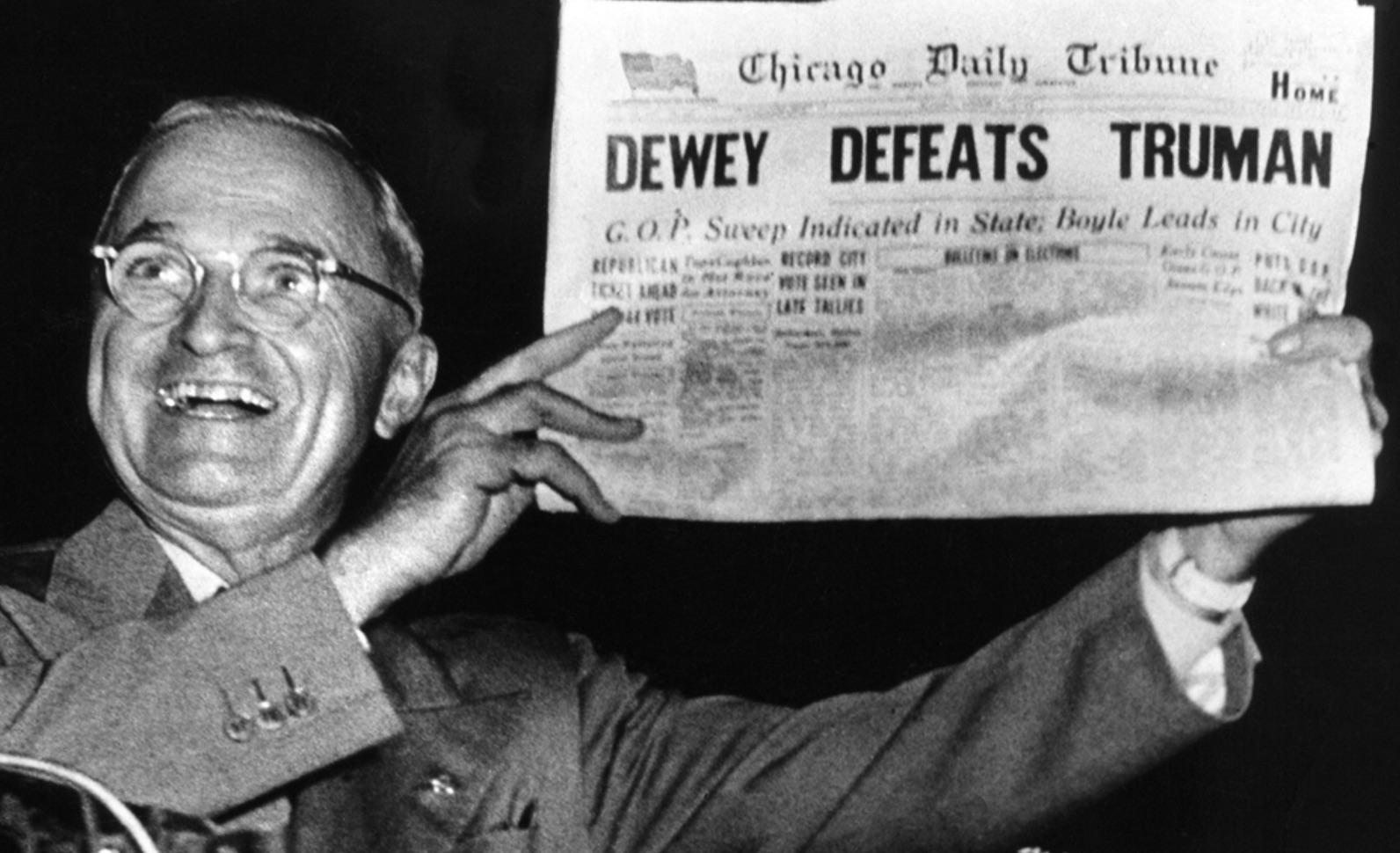A headline is like a first impression. If you don’t make it a good one, you don’t get another opportunity. Worried about your conversion rate? Then worry about your headlines.
Start With “How to”
You clicked the headline for this post, didn’t you?
When people need to learn how to do something, the first place they turn is Google. Even when other resources are at hand. We’ve needed to look up things like how title case works with conjunctions or what temperature is supposed to be medium well for lamb, had that exact information in books, and still reached for Google first. Hey, it’s quicker.
And let’s be honest. You’re less likely to click an article called “Great Headline Writing Tips” than something with “How to” in the title, right?
Keep it Current
How do you make a headline relevant to readers? Link it to something relevant for them.
What’s relevant? The season or holidays always grab attention. For example, “10 Money-Saving Tips” can become “10 Tips to Save Money this Holiday Season”, or “Get a Jump on You New Years Financial Goals with These 10 Tricks”.
Also relevant: celebrities and other newsmakers. In the case of our money-saving tips idea, we just pick a notable person going through bankruptcy and stick that name in the headlines. “10 Ways 50 Cent Could’ve Beat Bankruptcy”.
Finally, check out Google Trends. What are people searching for right now? Google Trends will let you know.
Borrow a Page From Buzzfeed
Everyone hates clickbait titles in the same way that everyone hates eating fast food, or everyone hates Nickelback. For something so universally loathed it sure is popular. It works, but it’s no way to build a brand. So borrow a bit of the clickbait philosophy but keep your headlines true to the content to which they link. Buzzfeed breaks their content down into these seven types:
LOL. Funny stuff.
WIN. Useful or cool stuff.
OMG. Shocking stuff.
Cute. Cute stuff.
Trashy. Stuff that makes someone look bad, generally so the reader can feel good.
Fail. Frustrating stuff.
WTF. Strange stuff.
Yes, that’s just how they categorise their articles, but the category is also reflected in the headline. For example, a ‘win’ headline is “The 19 Most Powerful Photos Of Refugees Coming To Canada”. The word ‘powerful’ tells you exactly how they feel about refugees coming to Canada. Or the ‘wtf’ headline “21 Insanely Creepy Santa Claus Photos That May Ruin Your Christmas”. It’s not enough to call these Santa pictures ‘creepy’. They’re insanely creepy, and they’ll ruin your Christmas. It wasn’t enough to slap a ‘wtf’ sticker on the headline—the headline has to say what the post is ‘wtf’.
If our hypothetical money-saving article is funny, the headline needs to say so. If our tips are so crazy and unique that nobody has ever heard them before now, the headline needs to say that. If our post includes some cautionary tales of people who failed to heed sound financial advice, the headline needs to offer a taste of that schadenfreude.
